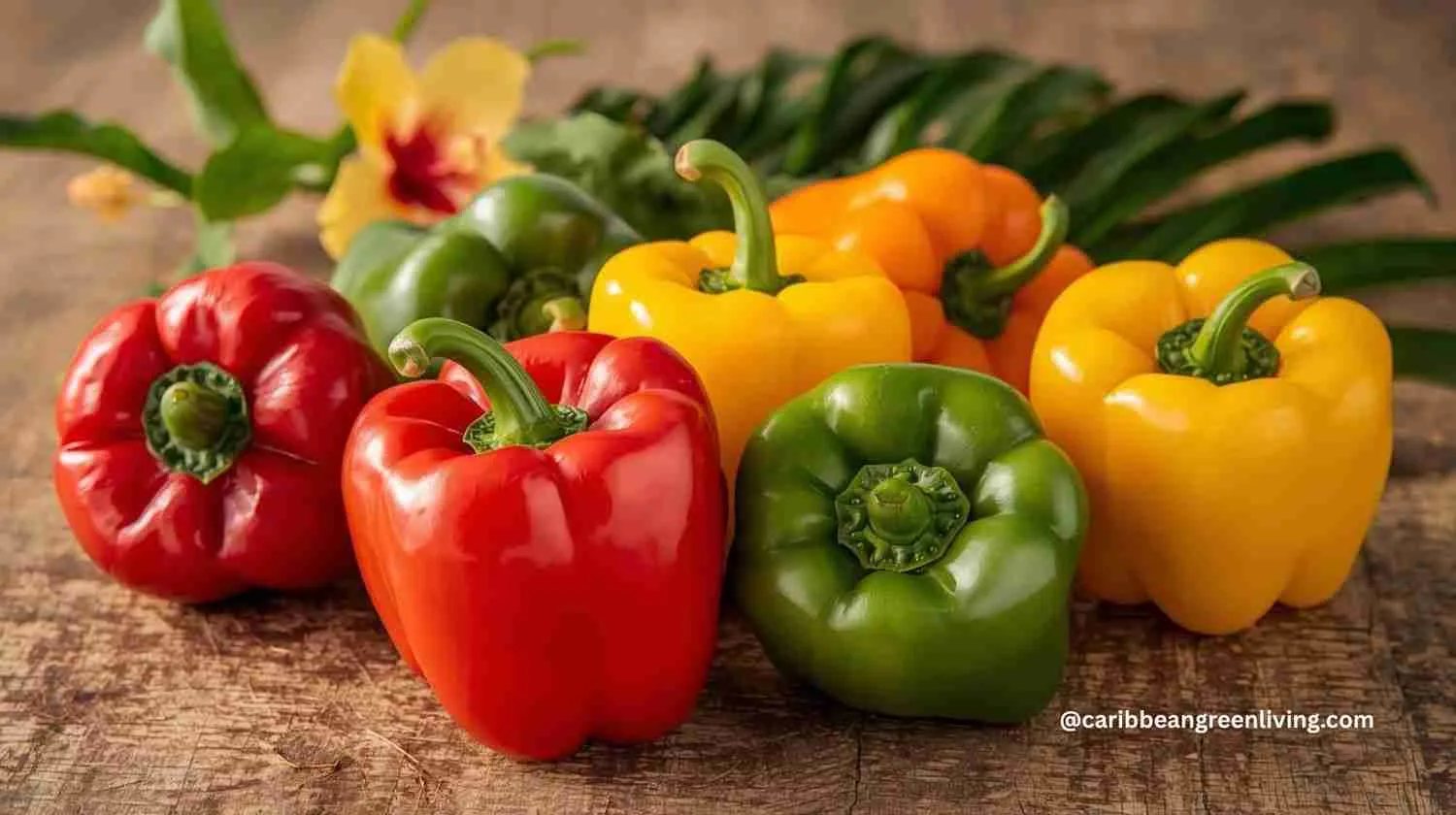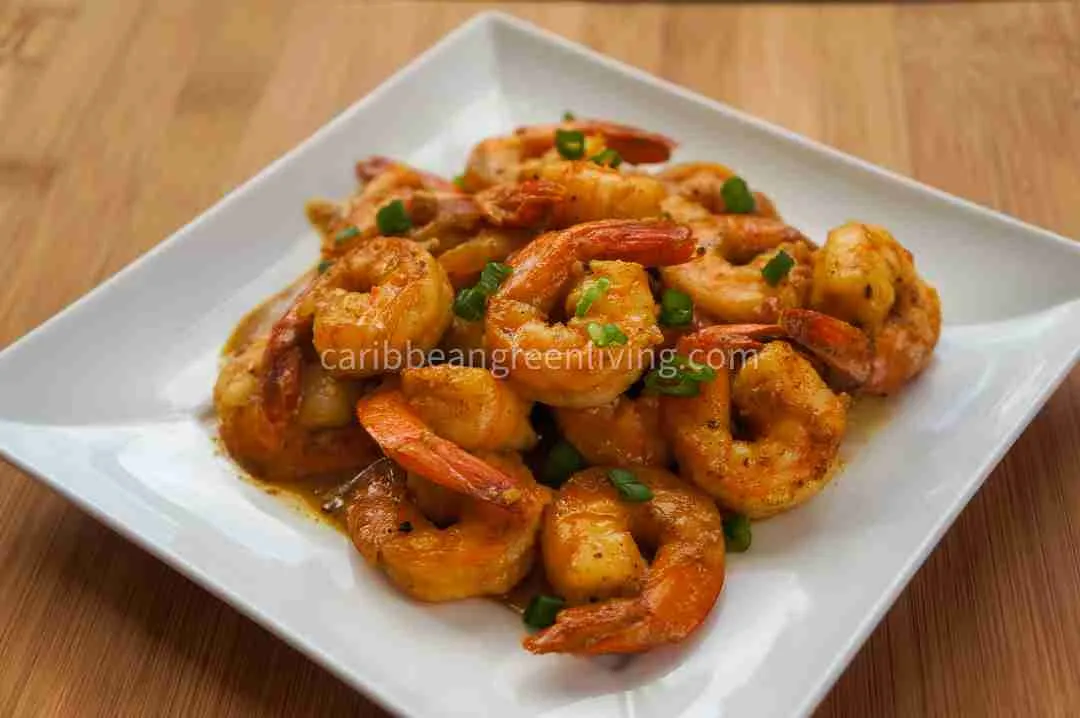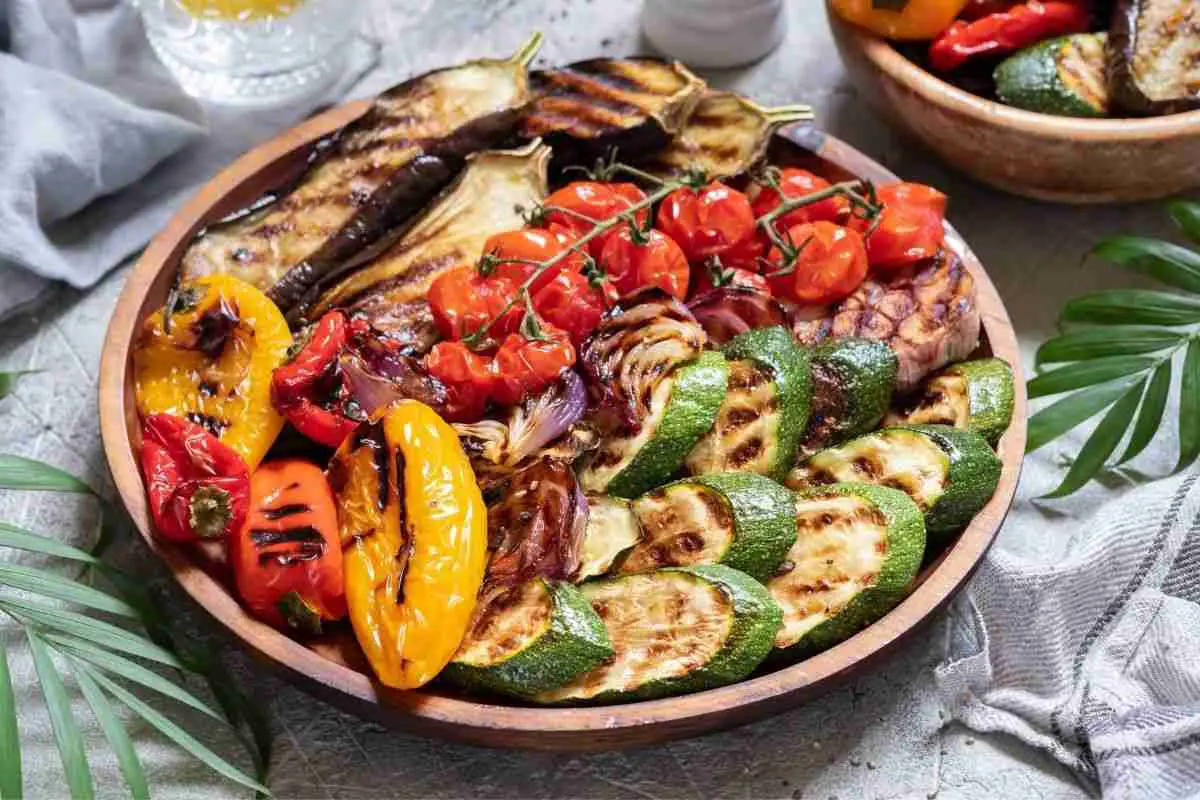Bell Peppers in Caribbean Cooking – The Flavor Foundation of Island Cuisine
Bell peppers aren’t just a pop of color in Caribbean cooking; they’re part of the flavor foundation that defines the cuisine itself. Sweet, mild, and aromatic, these peppers balance the heat of Scotch Bonnets and the earthiness of onions, garlic, and herbs. From Haitian epis to Spanish and Latin American sofrito, bell peppers are at the heart of the Caribbean’s “holy trinity” of flavor. This fragrant base builds depth in stews, rice dishes, and sauces across the islands.
Bell Peppers in Caribbean Cuisine: The Flavor Foundation
1. The “Holy Trinity” and the Flavor Base (Epis / Sofrito)
Across the Caribbean, bell peppers are essential aromatics that anchor the region’s most important seasoning bases.
- In many islands — including Haiti, Martinique, Guadeloupe, Saint Lucia, Puerto Rico, Jamaica, Cuba, and the Dominican Republic — the combination of bell peppers, onions, and garlic (often enhanced with celery, thyme, parsley, or scallions) forms the aromatic base known as sofrito, epis, or seasoning blend. This flavorful mix defines each island’s culinary identity, infusing stews, rice dishes, and sauces with the signature balance of sweetness, earthiness, and herbal depth that characterizes Caribbean cooking.
- The Mix: These vegetables are finely minced or blended, then gently sautéed to release their sweetness and aroma. This mixture becomes the backbone for rice and peas, soups, curries, and braised meats.
- Local Variations: Many cooks also use Cubanelle peppers or Trinidadian pimento peppers, which resemble small bell peppers but carry a more fragrant, sweet-pungent flavor that enhances the base.
This slow-cooked, aromatic foundation infuses every bite with warmth, sweetness, and depth — a hallmark of Caribbean comfort cooking.

2. Texture, Color, and Mildness in Fiery Dishes
Caribbean cuisine is famous for its bold use of heat, and bell peppers play the balancing role that makes those flavors sing.
- A Sweet Counterpoint to Heat: Bell peppers offer mild sweetness and moisture that mellow the fiery intensity of Scotch Bonnets or Habaneros. In marinades for dishes like Jerk Chicken or Haitian Chicken with Sauce, they help balance spice and add body to the blend.
- Color and Freshness: Added near the end of cooking, they add crisp texture and vibrant colors to rich dishes like Légim or Haitian Chicken en Sauce, providing both eye appeal and flavor contrast.
- Presentation & Crunch: The bright red, yellow, and green hues make dishes more inviting and reflect Caribbean vibrancy.
3. Featured Dishes That Showcase Bell Peppers
| Caribbean Dish | Bell Pepper’s Role |
|---|---|
| Rice and Peas (or Riz et Petit Pois) | Sautéed with onions and garlic as part of the flavor base before adding peas and rice. |
| Haitian Chicken en Sauce | Added near the end for color, texture, and a fresh crunch that enhances the Creole sauce’s aroma. |
| Stuffed Bell Peppers | Used as the vessel itself — filled with spiced rice, ground meat, vegetables, or seafood. |
| Haitian Légim | Sliced and simmered with eggplant, chayote, cabbage, and carrots, adding sweetness and a delicate texture balance. |
| Caribbean Salsa or Chutney | Provides mild sweetness and crispness to balance tropical fruits and chili heat. |
Nutritional Deep Dive: Beyond Vitamin C
Each color of bell pepper offers its own unique nutritional profile:
- Red: The ripest and sweetest, highest in beta-carotene, beta-cryptoxanthin, and zeaxanthin — powerful antioxidants that protect your eyes and immune system.
- Yellow & Orange: Packed with lutein and carotenoids linked to heart and skin health.
- Green: Harvested early, slightly more bitter, but still rich in Vitamin C and fiber.
Other Nutrients
Bell peppers are an excellent source of:
- Vitamin A (for vision and skin)
- Vitamin B6 (for metabolism and brain function)
- Folate (for cell health and energy)
- Potassium (for muscle and heart function)
Fiber and Digestion
Their high fiber content promotes good digestion, satiety, and stable energy — all at very low calories.
The Vitamin C Highlight: Health Benefits in Action
- Immune Support: Red bell peppers contain more Vitamin C than oranges, helping your body fight infections and recover faster.
- Collagen Production: Vitamin C supports collagen formation for healthy skin, joints, and wound healing, a key to natural beauty.
- Iron Absorption: Bell peppers improve the body’s absorption of iron from plant-based foods.
Pair them with spinach, lentils, or beans to naturally boost iron intake.

Versatility in the Kitchen: Recipes & Tips
Ways to Enjoy Them
- Raw: In salads, as crudités, or as “pepper chips” for dipping.
- Cooked: Roasted, grilled, sautéed, or stuffed.
- Creative Use: Slice mini peppers in half and fill with hummus or tuna salad for a low-carb snack.
Preparation Tips
- De-seeding: Cut off the top, slice vertically, and remove the core in one motion.
- Storage: Keep unwashed in a breathable produce bag for up to a week. To maintain crispness, line with a paper towel to absorb excess moisture. Check out other ways to store them here.
- Fun Fact: The “male vs. female” pepper (3 bumps vs. 4) is a myth — sweetness depends on ripeness, not bumps!
Sourcing and Seasonality
Buying Guide
Look for peppers that are:
- Glossy and firm with tight skin
- Brightly colored
- Free from bruises or soft spots
Organic vs. Conventional
Bell peppers are relatively low in pesticide residues, ranking well on the Clean 15 list. Washing them thoroughly is sufficient if organic isn’t available.
Taste and Ripeness
- Green: Slightly bitter, crisp
- Yellow/Orange: Sweet and fruity
- Red: Deepest, richest sweetness
A Note on Safety
Bell peppers belong to the nightshade family, which includes tomatoes and eggplants. While safe and healthy for most, individuals sensitive to nightshades (due to inflammatory conditions) may wish to moderate consumption. For the majority, they are an excellent part of a nutrient-dense, balanced diet.

Connection to Health: The Island Diet
Caribbean cooking naturally promotes a fresh, seasonal, and nutrient-rich lifestyle. Bell peppers, widely grown in warm climates, are inexpensive, easy to find, and contribute to the region’s high-quality produce-based diet. Their combination of antioxidants, vitamins, and fiber perfectly aligns with the island approach to wellness — colorful, fresh, and full of flavor.
Recipes Ideas


Conclusion
From flavor foundation to nutritional powerhouse, bell peppers embody the spirit of Caribbean cooking — bold yet balanced, colorful yet comforting. Whether they’re blended into your epis, tossed into a vibrant stir-fry, or stuffed with island spices, these peppers bring both beauty and wellness to every dish. In the Caribbean kitchen, the humble bell pepper isn’t just a vegetable — it’s the heartbeat of flavor.
Reference






